Patrick Hughes at Flowers Gallery
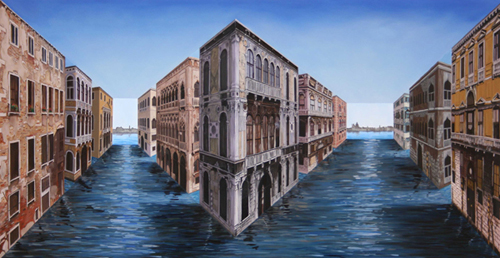
The Flowers Gallery, nestled in the smooth, luxurious streets of Mayfair, is playing host to the jagged, oxymoronic and bafflingly brilliant work of Patrick Hughes over the next month. Hughes has spent 50 years revolutionizing “the picture” as we know it with his innovative establishment of the Reverspective technique and his “sculptured paintings” that challenge how we look at art.
Reverspective paintings are three-dimensional, and when viewed from the front give an impression of a painted flat surface showing a perspective view. If the viewer moves their head even slightly the three dimensional surface that supports the perspective view accentuates the depth of the image and the shifting perspective moves much faster than brain activity would normally allow. This creates a warped, disorientating effect on the viewer, which Hughes then plays upon to create altered versions of reality and an entirely unique visual experience. Every tiny movement – a slight bend of the knee, or a shift to the left – creates new planes of vision and, essentially, an entirely different painting emerges.
His paintings are built around a strange paradox; they stick out about a foot from the wall – what Hughes describes as “solid lumps of space, with lines of sight…as if you solidified lines of sight” – but appear totally flat to the naked eye. This creates a fascinating interplay of psychological process in opposition to the actual physical presence of the art itself. As Hughes outlines, “my saw, my glue, stick [the paintings] out, but your eyes and your minds send them back.” In Vanishing Venice, for example, the canals appear to open out into a far away open sea. If you get closer, however, the seemingly distant water accelerates forward and sticks out, creating a jarring visual effect.
This surrealist mode is clearly influenced by the likes of Dalí and Magritte, but also a range of American realists such as Edward Hopper and the De Stilj movement proponent, Piet Mondrian. Hughes prefigures these reference points in various pieces such as Book Ends 2012, where the panels of perception are made of painted art books by Lichtenstein, Man Ray and Georgia O’Keefe. Elsewhere, Matisse and Picasso paintings are copied almost exactly into his work with an almost Pop Art-y delight in repetition and commodification. Hughes’ influences, it seems, are as capricious and unclassifiable as the sculptured paintings he produces.
We now live in a digital age where art has become too available, too accessible; within a couple of seconds, Google can pull up a high-definition image of any painting by any artist in history. Hughes’ work, however, demands spectatorship and presence. It simply won’t work if only viewed on a flat screen. It is interactive, requiring constant double takes and perspective shifts. It also oddly subjective; your impression of his work depends on a multitude of factors such as your height and position in the room. The paintings work for you and you alone, and must be seen to be understood.
Maia Jenkins
Patrick Hughes is showing from 26th July until 25th August 2012 at the Flowers Gallery, 21 Cork St, London W1S 3LZ. For further information visit the gallery’s website here.


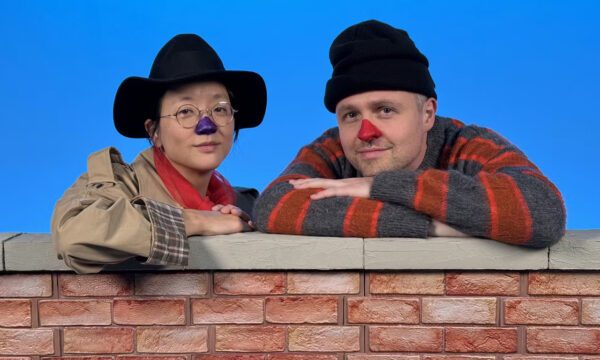
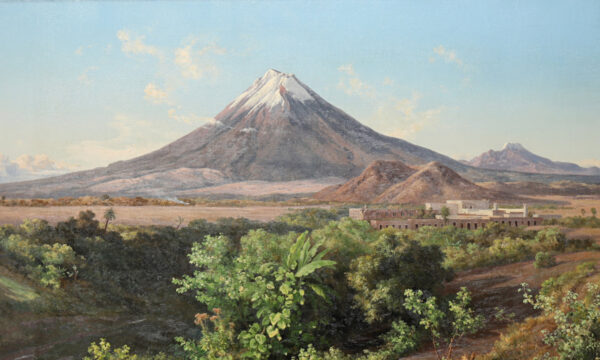
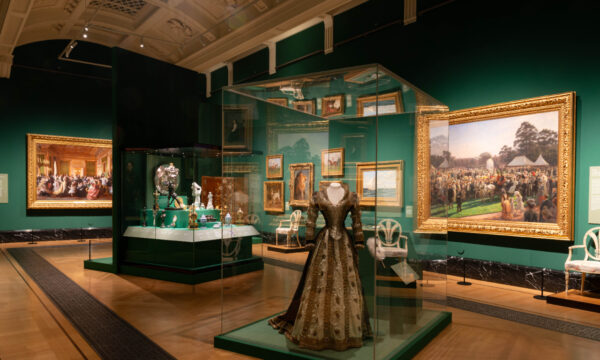
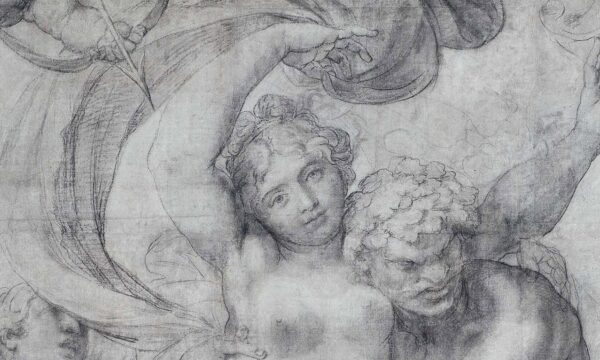
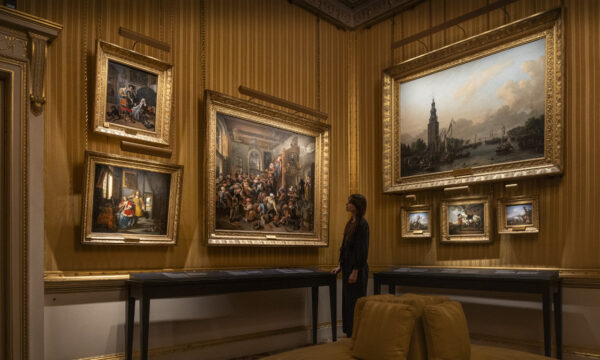
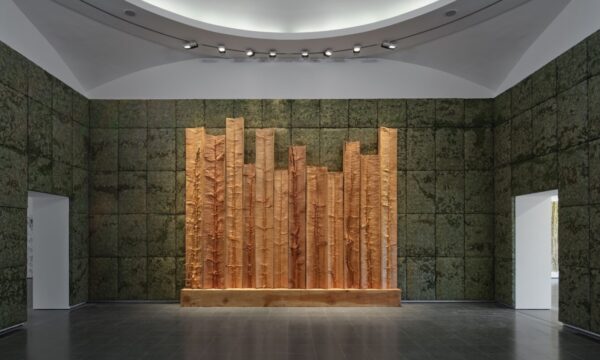
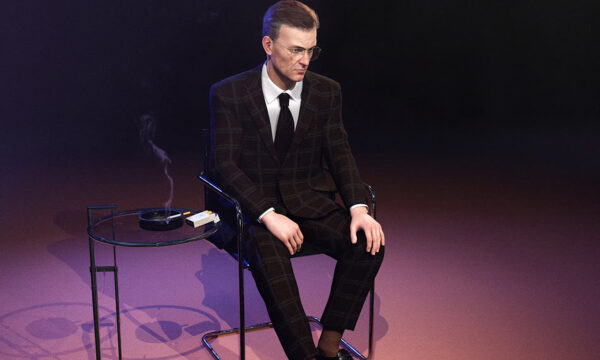
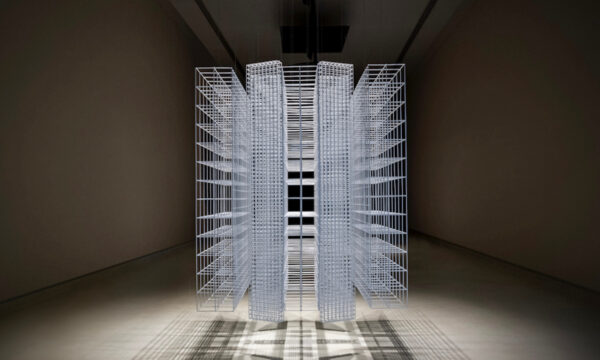
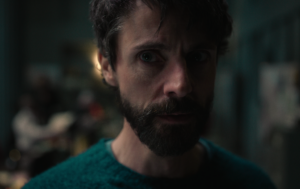
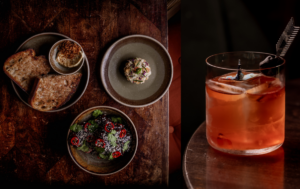
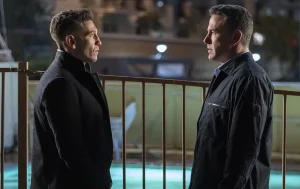
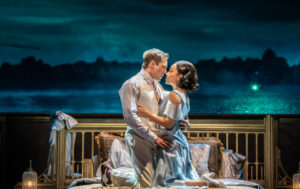
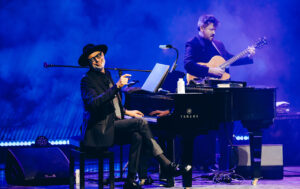
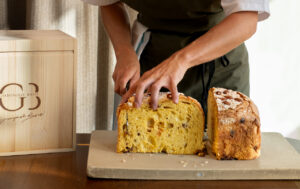
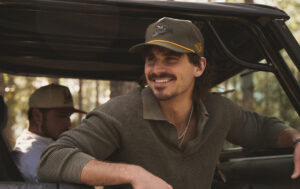




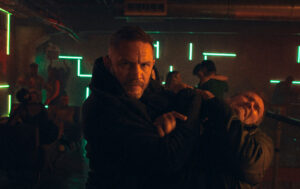
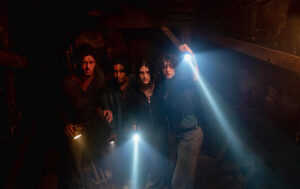
Facebook
Twitter
Instagram
YouTube
RSS